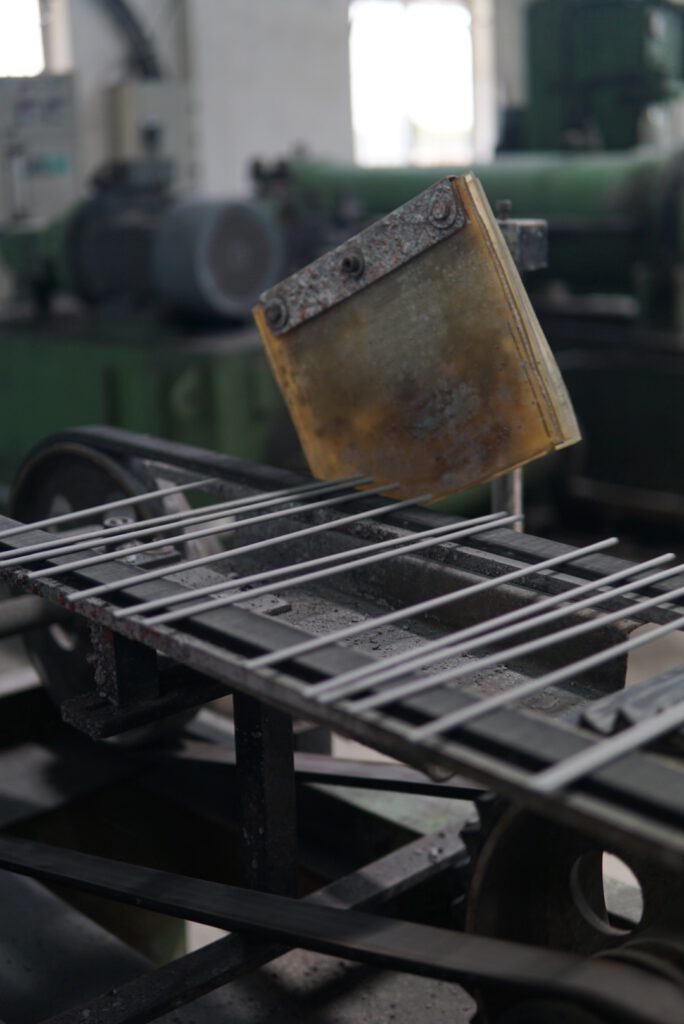Welding electrodes come in various shapes and sizes, but all have a specific code that identifies them. The code usually includes the following:
- The type of electrode (metal-arc or gas-arc).
- The diameter of the electrode.
- The manufacturer.
Introduction
Welding is a widespread trade, and welding electrodes are an essential part of the process. Codes regulate the use of welding electrodes, and understanding how to read these codes is necessary for proper electrode use.
This article will help you understand how to read welding electrode codes.

What are welding electrode codes?
Welding electrode codes are numbers and letters that indicate the type of welding rod or filler metal used in a specific welding application.
The first two digits of the code refer to the minimum tensile strength of the electrode in thousands of pounds per square inch (PSI), while the last letter denotes the position in which the electrode can be used.
Standard electrode codes include:
- E6010: an all-position electrode typically used for root passes on thick plate
- E6011: a low-hydrogen, all-position electrode used for general-purpose welding
- E6012: a low-hydrogen, cellulose-based, medium penetration electrode typically used for plate and pipe applications
- E6013: a low-hydrogen, iron powder-based, high deposition rate electrode typically used for thin plate and sheet metal applications
- GMAW: gas metal arc welding
- FCAW: flux cored arc welding
Master the Art of Welding Like a Pro – Learn How to Read Welding Electrode Codes with Our Expert Guide and Ensure Perfect Welds Every Time

How to Read a Welding Electrode Code
To read a welding electrode code, you need to understand the meanings of the various numbers and letters used.
Here is a quick guide:
- The first letter indicates the type of coating on the electrode. A = cellulose, B = basic, C = rutile, E = low hydrogen.
- The second letter indicates the weld pool shape. G = globular, V = volumetric, F = flat, P = spray transfer.
- The third letter indicates the current required. D = direct current (DC), A = alternating current (AC), or N = DC or AC.
The last two numbers indicate the diameter of the electrode in millimeters.
For example, an electrode with a code of E6013 would be a low hydrogen electrode for use with either DC or AC power and has a diameter of 3/32 inches (2.4 mm).
Learn More: STAINLESS STEEL
What to Do if You Don’t Understand a Welding Electrode Code
For a welder, knowing how to read welding electrode codes is essential. This is because the electrode’s code will tell you a lot about the properties of the electrode and how it should be used.
However, if you need help understanding a welding electrode code, don’t worry. there are some things you can do to try and figure it out.
First, check the manufacturer’s website or contact customer service. They may have more information about the meaning of the code.
If you’re still having trouble, try looking up the code in a welding reference book. These books usually have more detailed information about welding electrodes and their principles.
Finally, if you still need help figuring out the meaning of the code, ask another welder or someone who knows more about welding electrodes. They can help you understand what the code means.

What is the Difference between a Welding electrode Code and a Gas Code?
Welding electrode codes and gas codes are ways to identify the materials used in a welding process.
The Difference between the two is that welding electrode codes are used to determine the type of electrode, while gas codes are used to identify the type of gas.
Electrode codes are stamped on the side of the electrode and indicate the manufacturer, alloy, and current range. Gas codes are typically found on the cylinder or bottle and identify the contents inside.

Conclusion
In conclusion, knowing how to read welding electrode codes is essential to ensure that you are using the correct electrode for your project.
Understanding the basic code structure allows you to quickly and easily determine which electrode is suitable for the job. With some practice, you’ll be reading welding electrode codes like a pro in no time!
